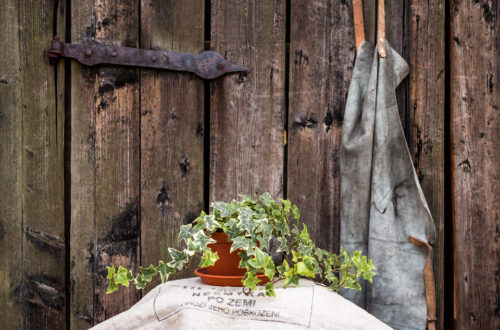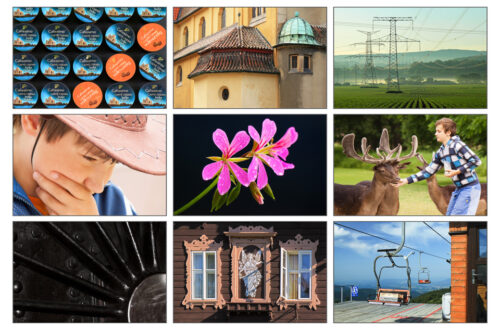Weekend of open gardens – Part 2 – Arboretum Sofronka
Within the Weekend of open gardens which I mentioned in my previous post we also visited Arboretum Sofronka and I would like to introduce it to you now. All the following photos were taken in the arboretum.
Arboretum Sofronka which is situated in Pilsen (Plzeň) was established in 1956 as a workplace of Research institute of forest management and hunting with the intention of doing research into pine tree breeding. In 2009 the workplace was cancelled and the arboretum was taken over by the city Pilsen.


The place itself doesn’t look extraordinary, it feels like just a forest. But when you start to focus on what’s around you, you’ll find out that there are two educational trails – one of them devoted to pine trees and the other one to bees.
I was actually quite surprised to see how close the various pine-tree species were growing one to another. Seen in this way, the differences between them were sometimes quite striking. Such variety in the length and colour of their needles, shape of the branches as well as shape of the trees, the ways the needles were arranged in groups…
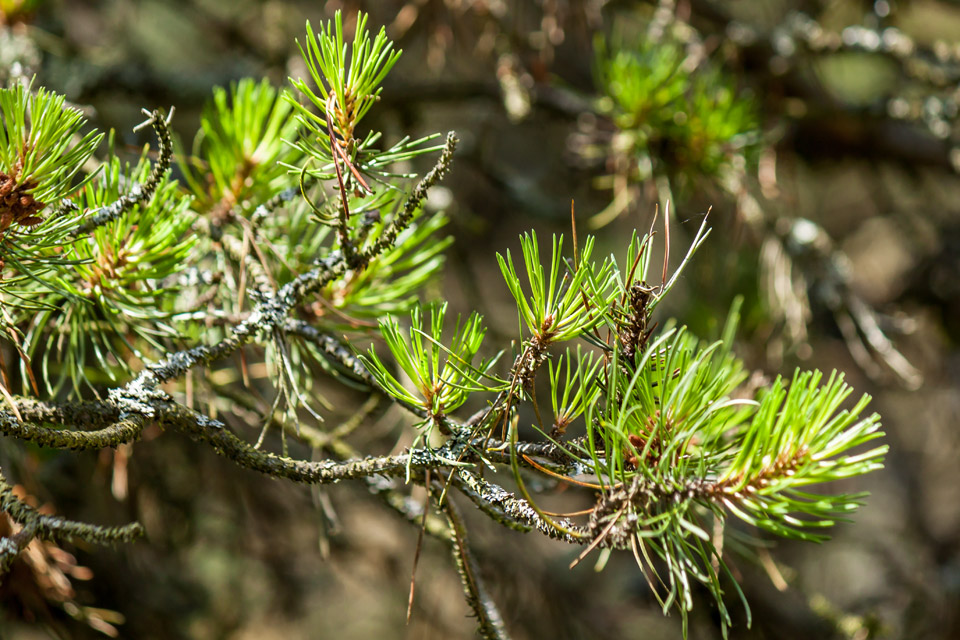
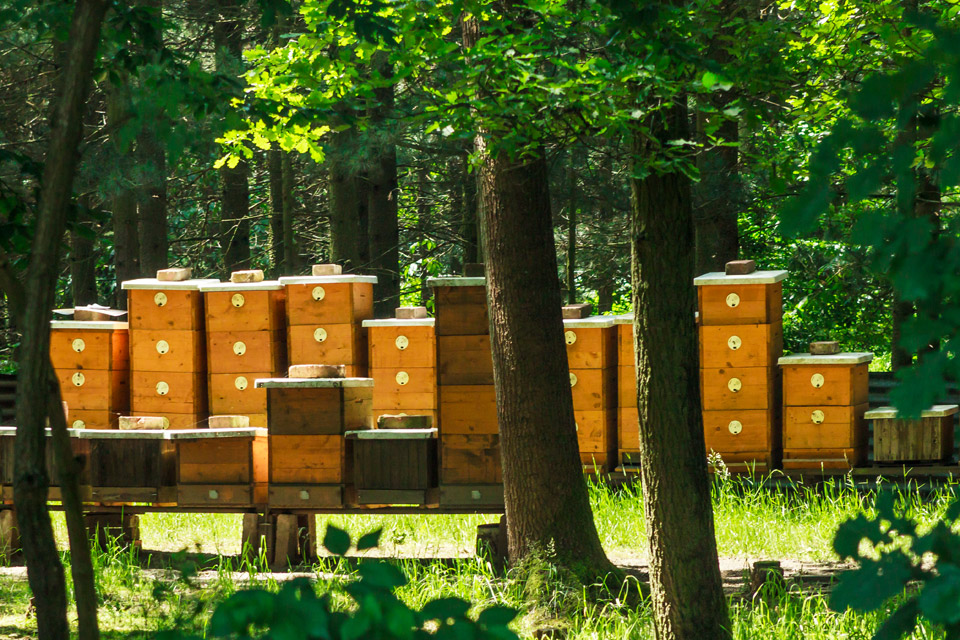
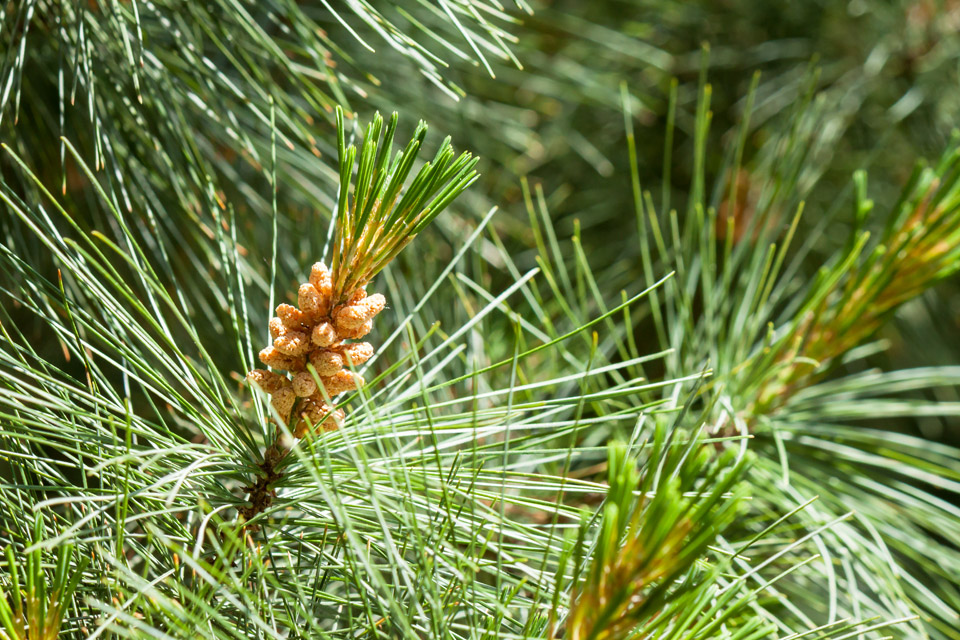
Up to now, there were 61 pine-tree species from all over the world planted there, all grown from seeds. Nowadays 16 species that adopted themselves are represented there, other 14 species survived in just one or several specimen. The others didn’t survive under the conditions inherent to the location – poor sandy soil with minimum contents of nutrients, arid climate, extreme temperatures and frequent early and late frost. They say that the species that survived there can be grown in most localities of Central Europe.
The aim of the arboretum was to undertake research on evolution, biology and natural capacity of the individual pine-tree species so in principle, no fertilisation, chemical protection or pruning was applied and trees were let to grow in natural environment. It was proved there that every species evolves in accordance with environmental changes under which it grows and undergoes evolution in connection with evolution of the forest community it belongs to. That knowledge brought into existence a new science branch – evolutionary dendrology.
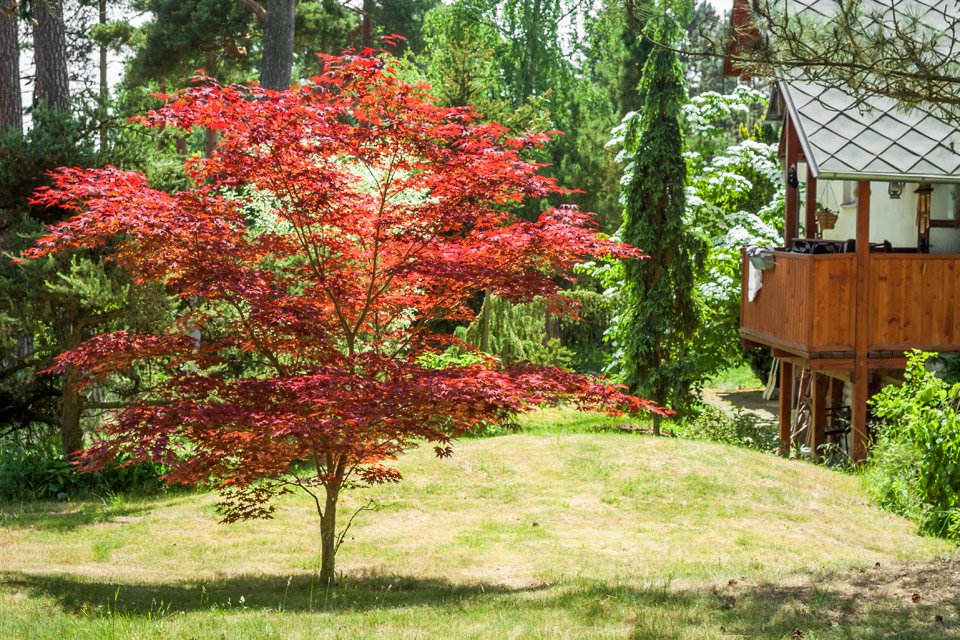
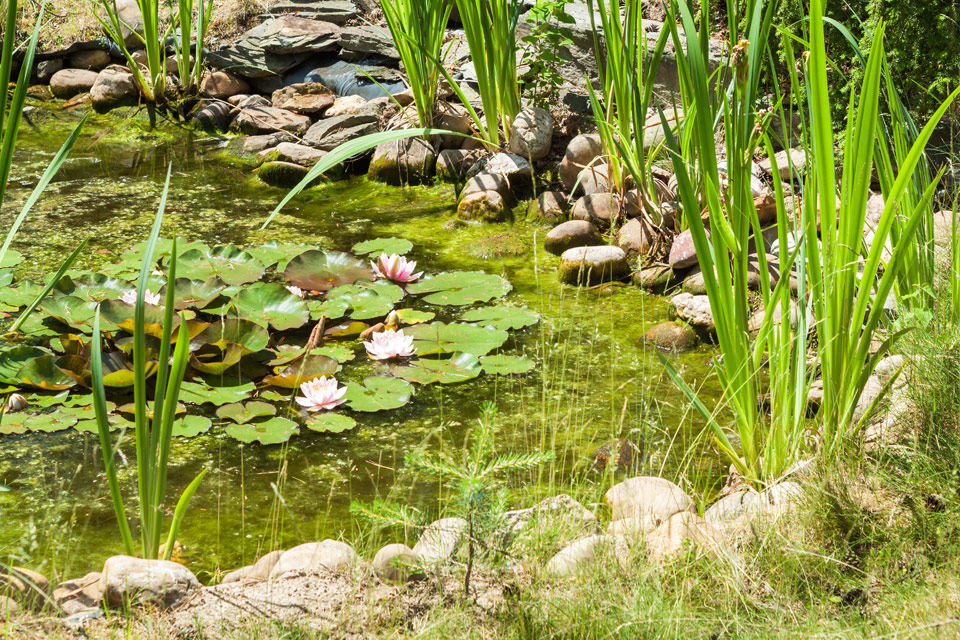
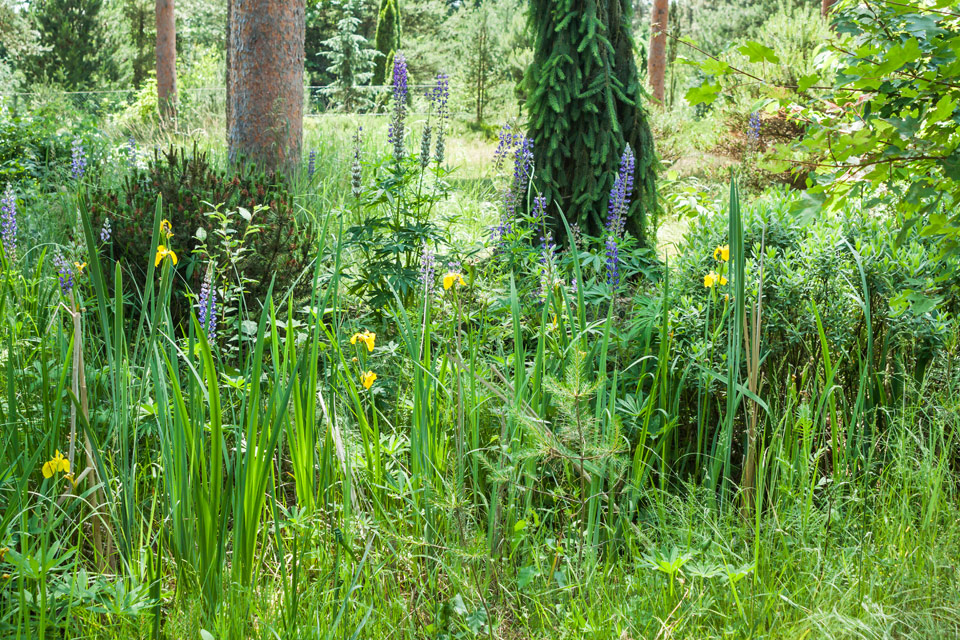
Information acquired based on the research has helped to understand forest ecosystems. When it comes to forest management, many grave mistakes were made by humans but nowadays we know better. Forests should be used and grown with respect to their natural characteristics and without unnecessary human intervention.
Based on the value of the research and the valuable pine-tree collection, the arboretum was put on an international list of the most significant botanical gardens and arboreta in the central register in Reading in the United Kingdom.
Well, all of this may sound much too educational but it fascinates me to see and discover the spectrum of what people examine, pay their attention to, try to understand and then try to use that knowledge properly. There are so many fields that everyone can find their own place of interest.



